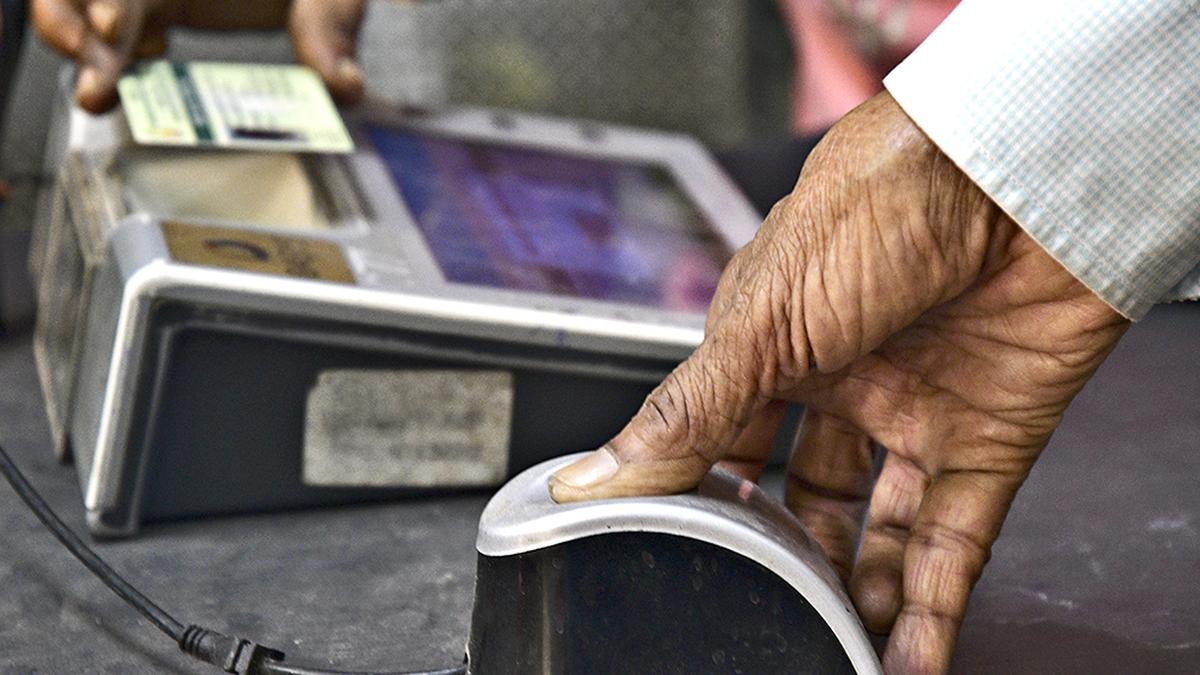



Urea is a crucial chemical fertilizer in agriculture, providing nitrogen and essential nutrients for plants. The government supplies urea at lower prices than imports. India has commissioned six new urea plants since 2019, resulting in increased domestic production, which offers economic benefits, reduces transportation costs, and supports the Make-in-India initiative.

Copyright infringement not intended
Picture Courtesy: Livemint.com
Six new plants, costing over Rs 60,000 crore, have been commissioned in the "new Green Revolution" states since 2019.
Urea is a chemical fertilizer that is a primary source of nitrogen, an essential nutrient for plants. It's a component of amino acids, nucleic acids, chlorophyll, enzymes, and hormones.
Urea is a key factor in increasing India's food grain production. The government supplies urea to farmers at a lower price than the cost of production or import.
Neem Coated Urea is a special type of urea that's designed for agricultural use. The coating helps nutrients in the soil be absorbed more easily, and it reduces groundwater pollution. About 50-60% of the nitrogen in urea is lost due to evaporation, leaching, and de-nitrification. Using neem-coated urea or other technical methods can help reduce this loss.
The Government of India has several policies related to urea production and distribution, including the New Urea Policy (NUP-2015), the New Pricing Scheme (NPS), and the Urea Subsidy Scheme to increase urea production, reduce the government's subsidy burden, and make urea more affordable for farmers.

Since 2019, India has commissioned six new urea plants, at a combined cost of over Rs 60,000 crore. These plants are strategically located in the "new Green Revolution" states of Eastern India, including Uttar Pradesh, West Bengal, Bihar, Jharkhand, and Telangana.
Between 2011-12 and 2023-24, India's domestic urea production increased from 22 million tonnes (mt) to 31.4 mt. The growth in production came alongside a decrease in imports, from 7.8 mt in 2011-12 to around 7 mt, with imports in the current fiscal year dropping by 31.7%. This indicates a shift toward self-sufficiency in urea production.
The new plants have adopted energy-efficient methods, requiring less energy to produce urea compared to older units.
While producing urea domestically may initially seem more expensive than importing, factors like reduced transportation costs from ports to inland regions and the long-term economic benefits of creating jobs and boosting local economies make domestic production more attractive.
Despite the success of domestic urea production, there remains the issue of the "Make v/s Buy" decision.
Urea is currently cheaper to import urea than to produce it domestically, given the high cost of natural gas, which is the primary feedstock for urea production. However, there are several counterarguments:
Must Read Articles:
HOW TO MAKE UREA MORE EFFICIENT AS A FERTILIZER
Source:
|
PRACTICE QUESTION Q.Evaluate the impact of urea subsidies on the Indian economy and suggest measures to make them more efficient. 150 words |



© 2025 iasgyan. All right reserved